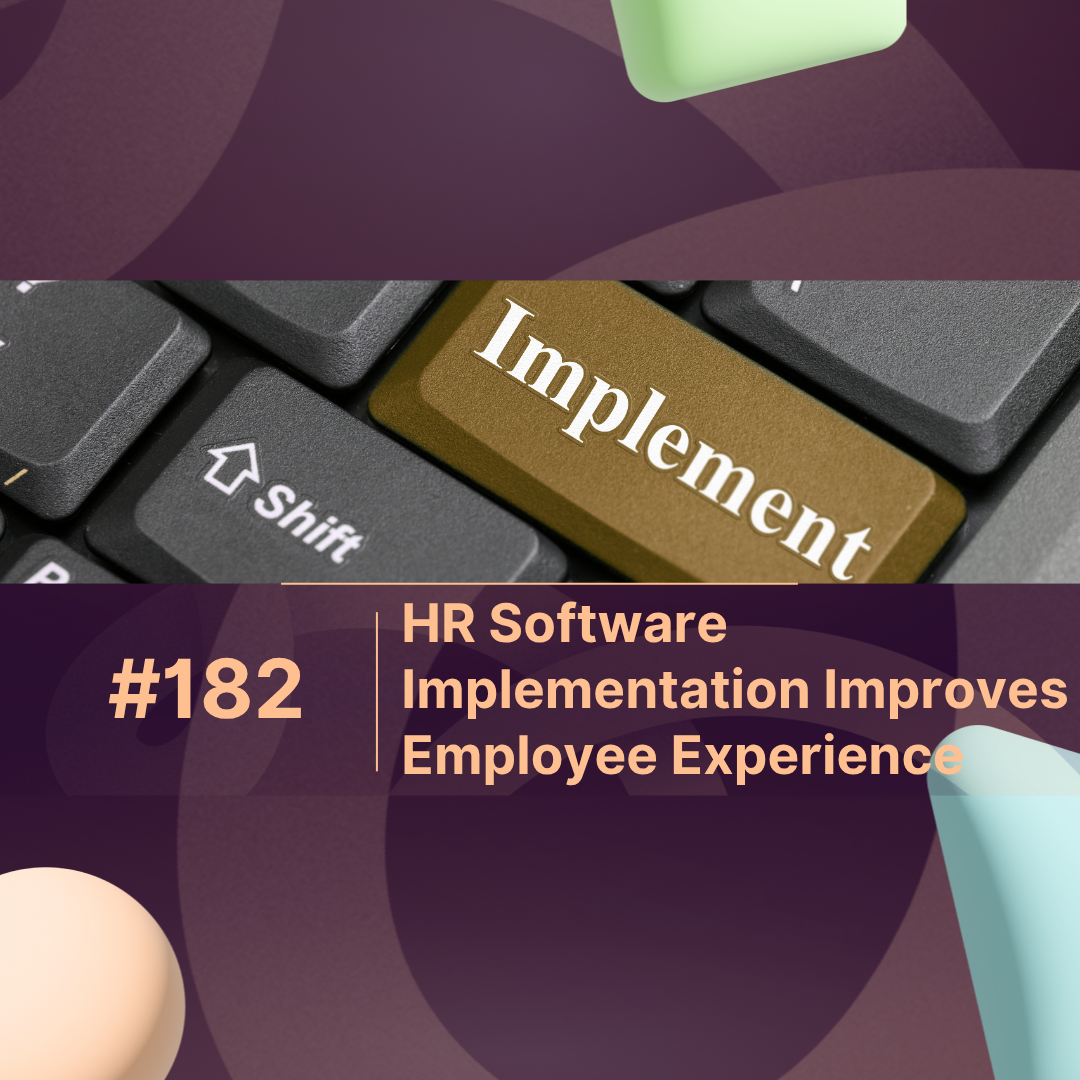In today’s rapidly evolving business landscape, companies are continuously searching for ways to streamline their operations, improve accuracy, and enhance the overall employee experience. One of the most significant steps toward achieving these goals is the integration of HR and payroll systems. By uniting these two critical functions, businesses can gain operational efficiency, improve data accuracy, and ensure compliance with complex regulations, all while fostering a better work environment for employees.
In this blog post, we’ll explore the benefits of integrating HR and payroll systems, along with the best practices for achieving a seamless integration that will positively impact your organization’s bottom line.
Why HR and Payroll Integration is Essential
HR and payroll are two departments that are closely linked, yet often operate in silos. HR teams manage employee data, benefits, recruitment, and performance evaluations, while payroll departments are responsible for ensuring employees are paid accurately and on time. Integrating these systems bridges the gap between these two areas, resulting in significant advantages for businesses of all sizes.
1. Improved Efficiency and Productivity
The most immediate benefit of integrating HR and payroll systems is improved efficiency. Manual data entry between separate systems can be time-consuming, prone to human error, and lead to discrepancies in employee data. With integration, all employee-related information—such as hours worked, benefits, tax deductions, and leave balances—is automatically shared between HR and payroll departments. This eliminates the need for repetitive tasks and reduces the risk of costly payroll errors.
Additionally, integrated systems free up HR and payroll teams to focus on strategic initiatives, such as employee engagement, retention, and talent development, rather than spending valuable time on administrative tasks.
2. Enhanced Data Accuracy
Accuracy is crucial when it comes to employee records, payroll processing, and regulatory compliance. Discrepancies in employee data can lead to incorrect paychecks, tax errors, and compliance issues with labor laws. By integrating HR and payroll systems, businesses can ensure that all employee information is accurate and up-to-date across departments.
For example, when a new employee is onboarded through the HR system, their details—such as salary, benefits, and tax information—are immediately available in the payroll system. This reduces the likelihood of errors and provides a consistent flow of accurate information between departments.
3. Better Compliance with Regulations
Navigating the complex web of labor laws, tax regulations, and employee benefits is one of the biggest challenges for businesses today. Non-compliance with these regulations can result in significant fines and penalties. Integrated HR and payroll systems ensure that businesses remain compliant by automating tax calculations, tracking overtime, and ensuring benefits administration aligns with legal requirements.
Additionally, integrated systems make it easier to generate detailed compliance reports, making audits and regulatory filings simpler and less stressful.
4. Cost Savings
Integrating HR and payroll systems can result in significant cost savings. By reducing manual data entry, minimizing errors, and streamlining payroll processing, companies can lower administrative costs. Additionally, the time saved can be reinvested in more strategic areas, such as employee training and development or workforce planning.
Moreover, integrated systems reduce the need for duplicate software solutions, allowing businesses to consolidate their software investments and save on licensing, maintenance, and training costs.
5. Improved Employee Experience
An often overlooked benefit of HR and payroll integration is the improved employee experience. Employees expect timely and accurate paychecks, easy access to their payroll information, and clear communication about their benefits. Integrated systems provide employees with self-service portals where they can view pay stubs, update personal information, request time off, and access benefits information in real time.
By offering greater transparency and control over their personal data, businesses can improve employee satisfaction and engagement, leading to higher retention rates and a more motivated workforce.
Best Practices for Integrating HR and Payroll Systems
While the benefits of integrating HR and payroll systems are clear, it’s important to approach the integration process carefully to ensure success. Here are some best practices to follow:
1. Choose the Right Software
The first step in integrating HR and payroll is selecting software that meets the needs of your organization. Look for systems that are designed to work together seamlessly, offer scalability for future growth, and provide the necessary compliance features to meet regulatory requirements.
Additionally, consider software solutions that offer user-friendly interfaces and strong customer support. The success of any integration depends on how well your team can adapt to and utilize the new system.
2. Ensure Data Accuracy Before Migration
Before integrating HR and payroll systems, it’s crucial to clean and verify the accuracy of existing employee data. Inconsistent or outdated data can cause issues during the integration process and result in errors down the line. Take the time to audit and update employee records, including personal details, salary information, tax status, and benefits enrollment.
3. Involve Key Stakeholders Early
Successful system integration requires input and buy-in from multiple departments, including HR, payroll, finance, and IT. Involve key stakeholders early in the planning process to ensure that everyone’s needs are considered, and that the chosen solution meets the organization’s broader goals. Collaboration between departments can also help identify potential challenges and develop solutions proactively.
4. Provide Training and Support
After implementing integrated HR and payroll systems, provide comprehensive training to HR, payroll, and management teams. Employees need to feel confident in using the new system to avoid errors and ensure smooth operations. Additionally, ongoing support and resources should be available to help teams troubleshoot any issues that arise during and after the integration.
5. Monitor and Adjust as Needed
After the initial integration, it’s important to monitor system performance and gather feedback from users. Regularly assess the integration to ensure that it continues to meet the needs of the business and makes necessary adjustments. By staying flexible and open to improvement, businesses can maximize the benefits of their integrated HR and payroll systems.
FAQs
Q1: Why is it important to integrate HR and payroll systems?
A1: Integrating HR and payroll systems improves efficiency, reduces errors, ensures compliance with labor laws, and enhances the overall employee experience by providing accurate and up-to-date information.
Q2: What are the key benefits of integrating HR and payroll systems?
A2: Key benefits include improved data accuracy, better compliance with regulations, cost savings, increased productivity, and a better employee experience through self-service portals.
Q3: What should businesses consider when choosing software for HR and payroll integration?
A3: Businesses should look for scalable software with seamless integration capabilities, user-friendly interfaces, and strong customer support. It’s also important to choose software that meets regulatory compliance needs.
Q4: How can businesses ensure a smooth integration process?
A4: To ensure a smooth integration, businesses should clean and verify data before migration, involve key stakeholders early, provide comprehensive training, and monitor system performance after implementation.
Q5: What challenges might businesses face during HR and payroll integration?
A5: Challenges include data migration issues, resistance from employees or management, and potential downtime during the transition. Proper planning, stakeholder involvement, and training can help mitigate these challenges.



